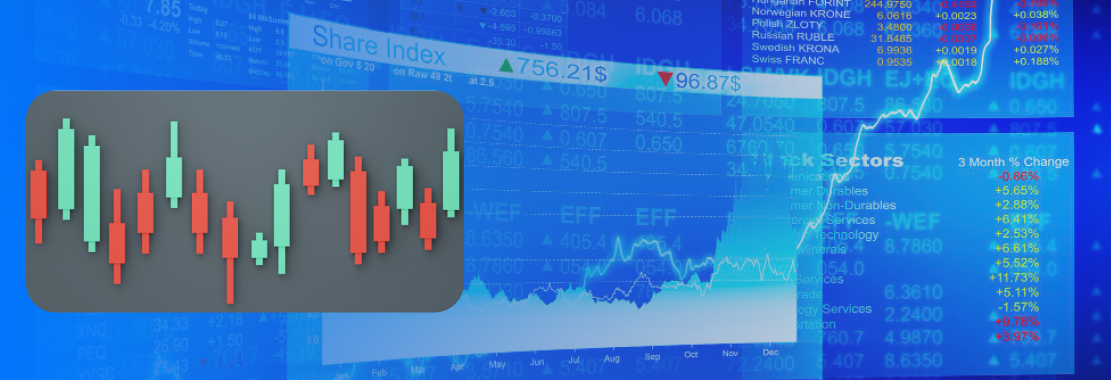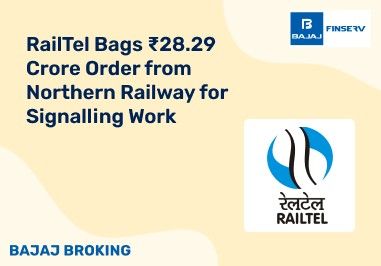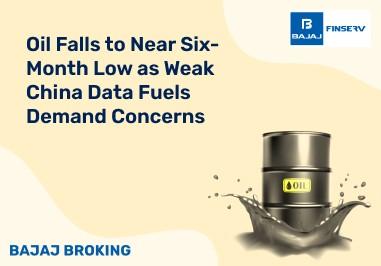How do Market Sentiments Influence Option Pricing?
Market sentiment is the collective psychology of a certain financial market or security. When it is bullish-positive in nature-option prices tend to rise, while if it is bearish-negative in nature-option prices fall. Grasping the nuances of market sentiment will enable someone to more accurately and easily foresee fluctuations in option prices and make better investment decisions.
What is Market Sentiment?
Market sentiment, also referred to sometimes as investor sentiment, depicts the combined feelings that come together to form the attitude or opinion in the investing world toward financial markets or individual securities. Such sentiment results from a combination of various factors, including economic indicators, geopolitical events, and corporate earnings. Investors, in general, can be considered as either bullish, which infers optimism, or bearish, showing pessimism. For instance, positive news regarding a company fosters a bullish sentiment, subsequently driving up its stock and options prices.
On the other hand, when there is bad news, a bearish sentiment builds up, causing the prices to fall. Market sentiments help traders make good decisions or manage their risks well. Now that we know what is market sentiment, let’s get into the factors that influence it.
Additional Read: What is Face Value in Share Markets?
Factors Affecting Market Sentiments
Market sentiment is usually influenced by economic factors such as the prevailing levels of interest rates, inflation, GDP growth, and unemployment.
Political events including elections, policy changes, and geopolitical subtleties, can be one of the most important drivers of sentiment.
The Impact of Market Sentiments on Option Pricing
It really can be one of the most powerful drivers in shifting demand and supply dynamics that drive option prices. In bullish markets, the call options usually rally since the demand for these contracts-essentially bets on higher prices-increases. Contrarily, in put options, it is bets on falling prices. During a bear market, this scenario flips on its head: put options surge in price, while call options tank.
Traders analyze market sentiment to anticipate these price trends and strategize accordingly.
What are market sentiment indicators?
Market sentiment indicators reflect those tools that show the prevailing mood or attitude of investors toward a particular market or financial instrument. They have helped many traders determine whether the sentiment of market conditions is bullish, bearish, or neutral. Indicators most used include the Volatility Index, known as the VIX, put-call ratios, moving averages, and sentiment surveys. Such indicators do indeed provide fundamental information that proves to be quite instrumental in predictions of future market direction.
Common Indicators Used to Assess Market Sentiment
1. VIX stands for Volatility Index and is often better known as the "fear index"-a measure of investor sentiment that tries to assess market volatility. A high VIX reading equals fear or uncertainty; a low reading suggests confidence or complacency.
2. Put-Call Ratio: The ratio of the volume of put options, which is taken to represent bearish bets, to call options, which represent bullish bets. A high ratio shows bearish sentiment, while a low ratio is indicative of bullish sentiment.
3. Moving Averages: Technical analysts use moving averages as a method of smoothing price series so that a trend may be more easily perceived. When a stock is trading above its moving average, it is generally considered to be in a bullish mode.
4. Bullish Percent Index: The number of underlying constituents within any market index that have achieved a bullish chart status.
5. Sentiment Surveys: Investor or adviser surveys, such as the AAII Sentiment Survey, are the attempts to measure the attitude of the prevailing sentiment in the market.
How does Market Sentiment Affect Option Prices?
Market sentiment is, therefore, the greatest influencer in setting option prices since it dictates the direction and volatility of the movement of the underlying instrument. When a market is bullish, the demand for call options pushes their prices up but forces them down due to disinterest in them. Conversely, when there is a bearish market situation, puts become expensive because investors scramble for protection against the fall in prices. A proper understanding of market sentiment will, therefore, enable traders to make an accurate calculation of the prices of options.
Examples of Market Sentiment Driven Price Movements
1. Buy Calls in Bullish Markets: When the signs indicate an upbeat sentiment, the wisest thing one could do is to buy call options to take advantage of the rising prices.
2. Buy Puts in Bearish Markets: The purchase of put options in a bear market may be very rewarding due to the deteriorating prices.
3. Utilize Spread Options: Options spreads, such as bull call or bear put spreads, represent one of the most efficient hedging strategies in dealing with market sentiment.
4. Options Hedge: Hedging with options protects against the unpredictable market fluctuations driven by sentiment changes.
Additional Read: What is Trading Account: Definition, Types & Benefits
Examples of Price Movements Driven by Market Sentiment
Due to ambiguity over what would happen in the world's economy during the COVID-19 pandemic, the market sentiment was turned upside down. Consequently, the prices of put options increased as the investors scrambled for hedging against the decline of the market. During recoveries at their inception or when corporate earnings are hot, sentiments in the market are more bullish. In this case, the prices of call options inflate as investors position for upside moves.
Conclusion
Market sentiment can have a strong impact on option prices, and it indicates the investors’ mood and the expectations of the market. That’s why tools like Volatility Index, put-call ratios, and sentiment surveys can help investors and traders in making informed decisions. Developing a solid understanding of how the market sentiment works can improve risk management abilities and the odds of succeeding in the options market.
Disclaimer: Investments in the securities market are subject to market risk, read all related documents carefully before investing.
This content is for educational purposes only. Securities quoted are exemplary and not recommendatory.
For All Disclaimers Click Here: https://bit.ly/3Tcsfuc














